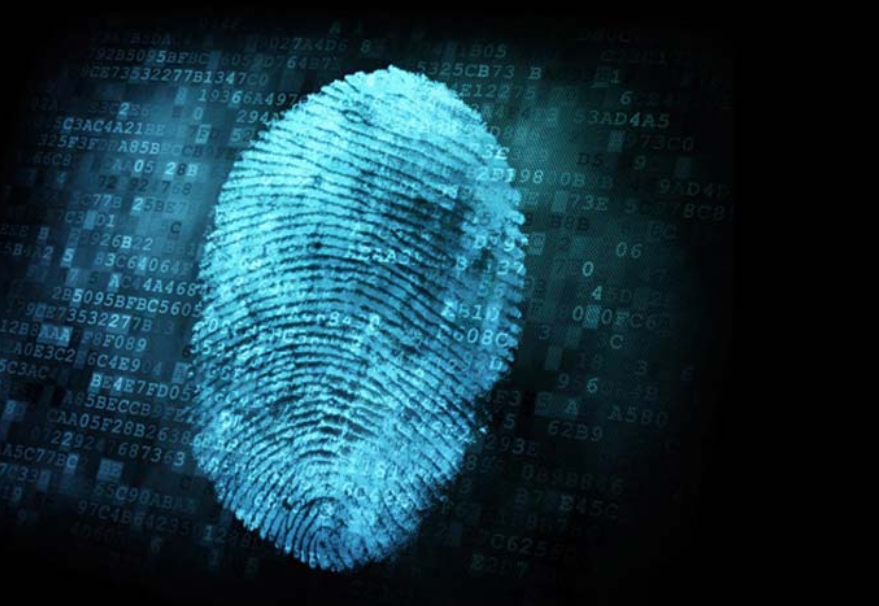
In 2016, over 1.47 per cent of insurance claims filed in the Americas were fraudulent, and the number kept growing. Insurance in the United States is necessary for all individuals, but it is not a federal mandate for all states and residents. However, In most cases, Insurance covers most of the damages and liabilities that must cost the victims thousands of dollars. Where insurance policies and companies benefit individuals, there are also some setbacks.
Some individuals are fraudsters who benefit from insurance unnecessarily without any need, and some may just desire to take the money. The most common type of insurance fraud is document forgery. Thus, digital document verification is a great way to tackle document forgery, especially in the insurance sector.
This article will explore the in-depth details of digital document verification and why it is essential for preventing insurance document forgery.
What is Digital Document Verification?
Digital document verification verifies official, private, or government-generated documents digitally using a scanner via identification services. These documents may include identity cards, certificates, bank statements, etc. Document verification ensures the authentication of the credentials and allows businesses to leverage their efficiency.
Although digital document verification is just a part of the broader identification process, it can occur physically and digitally, i.e., online. Digital document verification transpires in simple steps, as AI has made it far more accessible. The user simply scans the document and uploads it to potential superviral service provider websites, and the document gets verified within seconds.
The Type of Identity Document Needs for Verification
Every industry verification process is different; thus, certain documents are required to verify an individual’s identity. Following are the kinds of identity documents:
- Birth certificate
- Social security card
- Passport
- Driver’s licenses
- Certificate of citizenship/naturalisation
- Permanent resident card
- Business documents
- US military card
- Bank statements
- Tax returns
- Educational certificate
- Employment records
- Utility bills, mail, and other proof of address
- Proof of insurance
- Proof of ownership for vehicles and property
Types of Documents Verification
There are a few kinds of document verification tailored to the needs of the insurance companies, such as:
- Address verification
- Employment verification
- Education verification
- Certification verification
- Citizenship verification
Why is Verification of Identity Documents Essential?
Insurance claims in the United States are legitimate due to the essential factors necessary to keep individuals safe from financial damages. It allows them to receive benefits from insurance and facilitates the consumers by funding their bills and paying for their liabilities.
However, some individuals use the facility illegally and unauthorizedly to gain maximum unnecessary benefits and obtain money from insurance companies through financial fraud. To prevent such fraudulent activity, verification of identity documents is essential. It helps intensify the KYC procedure and allows insurance activities to proceed safely and securely.
How Does AI Document Verification Function?
AI document verification is part of a machine learning-based approach. The process is simple: the AI functions according to the trained dataset available. This type of verification document is conducted solely on a computer with the assistance of a scanner. The documents are scanned via phone camera or scanner. The scanned documents are then verified through simple tests and compared to existing datasets.
For example, AI identifies photoshopped elements or synthesised information and other physical characteristics of the document. It also recognises whether the document is available in the government database and whether the individual was previously involved in any suspicious activity. Trained AI models are used to identify the document and detect any forgery, providing a quick and efficient verification process.
How do insurance companies verify documents to Comply with forgery with a document checker?
Insurance companies require KYC compliance to identify threats before any financial discrepancy arises. To employ the KYC procedure before registering new consumers, insurance companies verify the credentials by using a document checker. The document checker assists the KYC procedure for insurance companies and allows them to verify the originality of the document.
The insurance companies verification documents as the users supply information, including the individual’s name, address, date of birth, etc. The provided document is verified to ensure that it is authentic and not forged. If the documents are verified successfully, it will be taken as evidence that the information provided is accurate. Document Verification Service is essential to prevent insurance fraud and document forgery.
Final Statement
As insurance is known to be essential in America, be it health, life, or car insurance, there are also frauds. The increasing number of frauds in the insurance sector raises the risk of financial loss and makes consumers less trustworthy. Digital document verification is a compliance against insurance document Forgery. Due to advanced technology and robust KYC procedures, AI has forged effective solutions. The document verification process has become more accessible and reliable.


